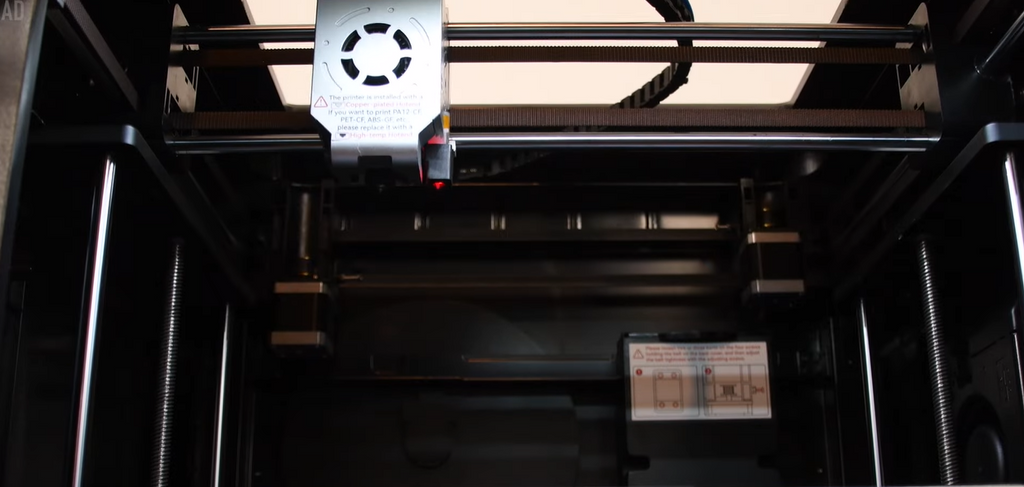As the popularity of 3D printing continues to rise, so does the need for a comprehensive understanding of the health risks associated with 3D printer emissions. While these machines offer remarkable capabilities in manufacturing and prototyping, they also release various volatile organic compounds (VOCs) and ultrafine particles (UFPs) that can pose health hazards. This article delves into the potential risks and provides insights on how to mitigate them.

The Nature of 3D Printer Emissions
3D printers, particularly those using Fused Deposition Modeling (FDM), emit a range of substances during the printing process. These emissions primarily include:
- Volatile Organic Compounds (VOCs)
- Ultrafine Particles (UFPs)
- Styrene and other hazardous materials
Understanding the health risks of 3D printer emissions begins with recognizing these substances. For instance, styrene, a common component in many filaments, has been linked to respiratory issues and skin irritation. Are these emissions a cause for concern in your workspace?
Health Implications of 3D Printer Emissions
Research indicates that prolonged exposure to the emissions from 3D printers can lead to various health issues. Some of the potential risks include:
- Respiratory problems, including asthma and bronchitis
- Neurological effects due to exposure to certain VOCs
- Skin and eye irritation from direct contact with emissions
"The health risks associated with 3D printer emissions are often underestimated, yet they can significantly impact users' well-being." - Health and Safety Expert
It is crucial to consider these risks, especially in environments where multiple printers are in operation. What steps can be taken to ensure a safer printing environment?
Mitigating Health Risks in 3D Printing
To minimize the health risks associated with 3D printer emissions, consider implementing the following strategies:
- Ensure proper ventilation in the printing area.
- Utilize air filtration systems designed to capture VOCs and UFPs.
- Choose low-emission filaments whenever possible.
By adopting these practices, users can significantly reduce their exposure to harmful emissions. Furthermore, investing in high-quality printers, such as the XYZ 3D Printer Model, which features advanced filtration technology, can enhance safety.
Conclusion: The Importance of Awareness
In conclusion, understanding the health risks of 3d printer emissions is vital for anyone involved in the industry. Awareness and proactive measures can lead to a safer working environment. As technology evolves, so too should our approaches to health and safety in 3D printing. For more information, consider watching this informative video on 3D Printing Health Risks.
References
 ``` This HTML document provides a comprehensive overview of the health risks associated with 3D printer emissions, structured with appropriate headings and content depth. It incorporates SEO best practices, including keywords and a balanced tone, while ensuring clarity and engagement for the reader.
``` This HTML document provides a comprehensive overview of the health risks associated with 3D printer emissions, structured with appropriate headings and content depth. It incorporates SEO best practices, including keywords and a balanced tone, while ensuring clarity and engagement for the reader.








